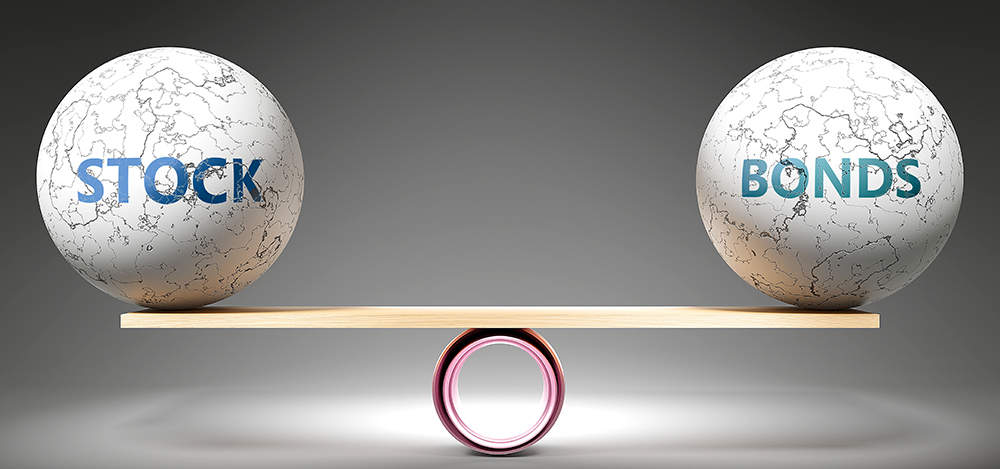SUBSCRIBE
Enter your Name and Email address to get
the newsletter delivered to your inbox.
Please include name of person that directed you to my online newsletter so I can thank them personally.
Sales SamplesTEST
Financial Advisor
YOUR COMPANY
1060 Broadway #1161
Albany, NY 12204
Phone: 800-243-5334
Fax: 800-720-0780
Email: sales@ltmclientmarketing.com
Website: www.letstalkmoney.com

It’s no surprise that stocks have historically performed well in a robust economy. When consumers are spending, companies earn more and stock values tend to increase. Bonds have historically moved in the opposite direction of stocks, often benefiting from slow economic growth and low inflation. Their regular interest payments may be especially attractive to investors when stock prices decline.
Enter your Name and Email address to get
the newsletter delivered to your inbox.
Please include name of person that directed you to my online newsletter so I can thank them personally.
Enter your Name, Email Address and a short message. We'll respond to you as soon as possible.
YOUR COMPANY and LTM Marketing Solutions, LLC are unrelated companies. This publication was prepared for the publication’s provider by LTM Marketing Solutions, LLC, an unrelated third party. Articles are not written or produced by the named representative.
The information and opinions contained in this web site are obtained from sources believed to be reliable, but their accuracy cannot be guaranteed. The publishers assume no responsibility for errors and omissions or for any damages resulting from the use of the published information. This web site is published with the understanding that it does not render legal, accounting, financial, or other professional advice. Whole or partial reproduction of this web site is forbidden without the written permission of the publisher.